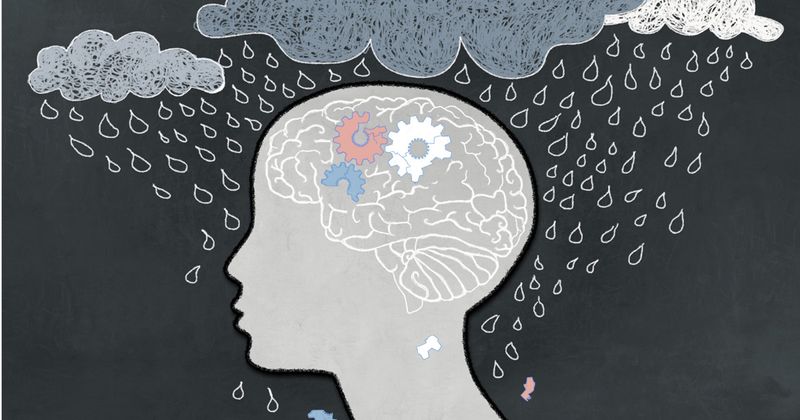Symptom burden in CKD stages 3 to 5 is ‘pervasive’
Understanding symptom clusters could help practitioners manage the symptoms of chronic kidney disease, researchers said in a poster presented at the American Nephrology Nurses Association National Symposium.
“Patients suffer from six to 20 symptoms on average, and although symptom burden is on par with that with which cancer patients experience, it is not nearly as well understood,” Maya N. Clark-Cutaia, PhD, ACNP-BC, RN, assistant professor in NYU’s Rory Meyers College of Nursing, said at the symposium.

In a cross-sectional study, Clark-Cutaia and her colleagues used data from 195 patients with CKD for a principle components analysis with varimax rotation (mean age of patients was 59.3; 52.3% were African American; 40% of all patients reported hospital admission within previous 12 months; one was stage 2, four were stage 3, 39 were stage 4, 151 were stage 5). The most prevalent etiologies were hypertension and diabetes. Patients reported symptoms with a palliative outcome scale.
Patients most frequently reported pain (72%), weakness (69%) and insomnia (65%), and reported skin changes (40%) and vomiting (39%) least often. Patients reported an average of nine concurrent symptoms, which researchers said was consistent with the literature. All three sample analyses had three to five symptom clusters, and GI and neurological symptoms clustered together in each.
“Characterization of symptoms and symptom clusters is [the] key to understanding the underlying mechanisms of disease progression and its effect upon symptoms; and the development of preventative, patient-centered interventions,” researchers wrote.







